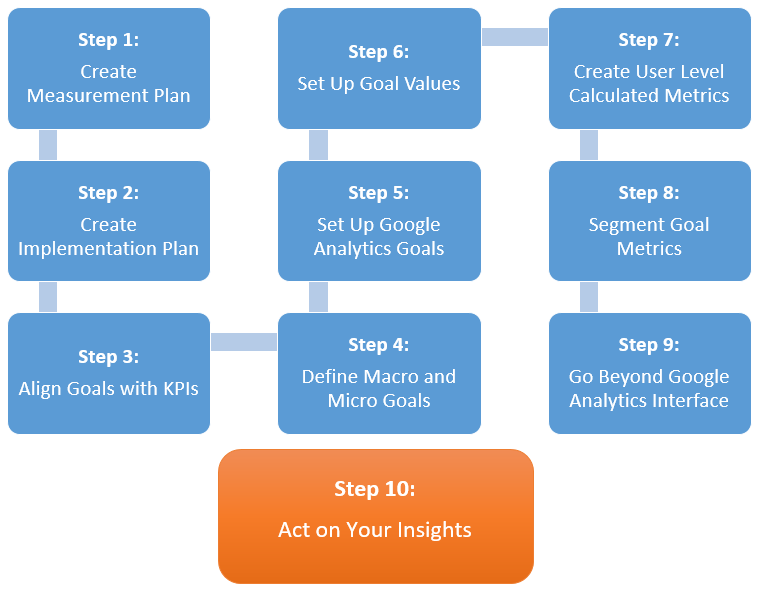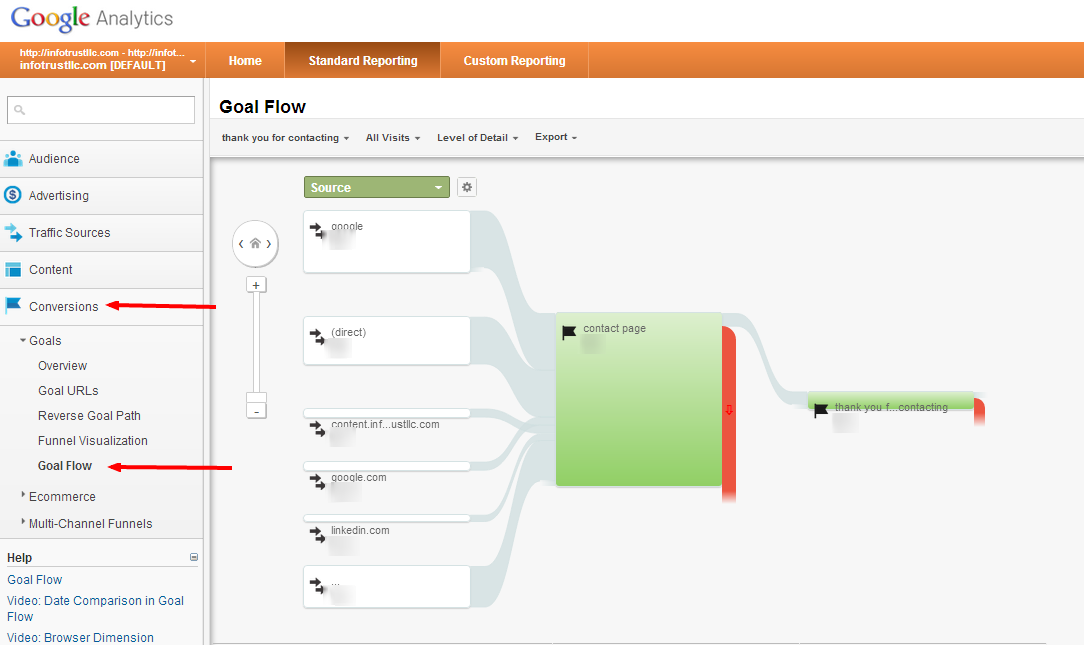Discover the Limitations of Google Analytics Goals: Introducing the Data Types That Remain Untrackable
As services significantly depend on data-driven decision-making, recognizing the constraints of tools like Google Analytics becomes paramount. While Google Analytics Goals deal valuable insights into individual interactions, there exist data kinds that avoid monitoring, presenting difficulties to a detailed understanding of individual actions.
Insufficient Customer Trip Tracking
Incomplete customer journey monitoring within Google Analytics can prevent the capacity to precisely analyze user habits. When the customer trip is not totally tracked, there are voids in the information that prevent a detailed understanding of just how customers connect with a web site. This lack of understanding can lead to missed possibilities for optimization and enhancements to the user experience.
One usual concern with insufficient individual journey monitoring is the failure to see the full path that individuals take previously completing an objective or leaving the site. Without this details, it is testing to identify where users might be experiencing obstacles or rubbing factors that stop them from transforming. In addition, insufficient monitoring can cover the effect of certain advertising efforts or website modifications on individual habits.
To resolve this limitation, it is vital to set up correct tracking mechanisms within Google Analytics to record the entire customer trip. This may include establishing up occasion tracking, objective funnels, or making use of devices like Google Tag Supervisor to ensure that no vital communications go unrecorded. By acquiring a detailed sight of the customer journey, internet site proprietors can make more enlightened decisions to improve individual interaction and drive conversions.
Acknowledgment Difficulties
Navigating through acknowledgment challenges in Google Analytics calls for a comprehensive understanding of just how various touchpoints add to the overall conversion process. Attribution difficulties emerge from the complexity of modern customer trips, where customers connect with several channels prior to transforming. Google Analytics supplies various acknowledgment models like first touch, last touch, and straight, each offering a different perspective on how debt is designated to touchpoints along the conversion course. These versions may not constantly properly reflect the real influence of each touchpoint on the conversion.
One common attribution obstacle is the difficulty in associating conversions to the correct resource, specifically in instances where users communicate with several channels before transforming. This can cause errors in identifying which marketing efforts are driving one of the most conversions. Additionally, cross-device monitoring postures another attribution difficulty, as individuals often switch in between devices throughout their journey, making it testing to track their communications seamlessly. Marketers must carefully interpret and assess acknowledgment information to make educated decisions and enhance their advertising and marketing approaches effectively.
Offline Conversions
Offered the difficulties related to associating conversions properly in online channels, the dimension of offline conversions offers a substantial opportunity for marketers looking for a more comprehensive understanding of their consumers' journey. Offline conversions describe actions that clients absorb the real world, such as making acquisitions in brick-and-mortar shops or over the phone, attending occasions, or engaging with published materials - what data is google analytics goals unable check out here to track. These conversions are important for businesses that operate both online and offline, as they offer important insights into the effectiveness of advertising and marketing projects throughout numerous touchpoints
Tracking offline conversions typically positioned a substantial obstacle for marketers, as it was challenging to connect these activities back to particular on the internet communications properly. With developments in modern technology, such as the assimilation of CRM systems, one-of-a-kind identifiers, and discount coupon codes, services can now connect the void between online and offline data to obtain an extra holistic view of customer habits. By efficiently gauging offline conversions, marketing professionals can here enhance their techniques, designate resources more effectively, and eventually improve the total consumer experience.
Cross-Device Monitoring
Cross-device monitoring plays an essential role in comprehending the interconnected nature of customers' electronic interactions across several tools. In today's omnichannel world, where users effortlessly switch between smart devices, desktop computers, and tablet computers, tracking their habits throughout these devices is important for online marketers to obtain a thorough sight of their customer journey.

Additionally, privacy worries and regulations such as GDPR and CCPA have better complex cross-device tracking. With individuals demanding even more control over their data and raised constraints on monitoring innovations, marketing experts must find cutting-edge and privacy-compliant means to link individual interactions across gadgets.
Dynamic Material Involvement
Understanding customer interaction with dynamic material is crucial in optimizing digital marketing strategies for improved target market interaction. Dynamic material refers to web site components that change based upon individual behavior, preferences, or other variables, supplying a personalized experience. Tracking customer communications with vibrant web content postures difficulties for traditional analytics tools like Google Analytics.
While Google Analytics can track standard interactions like clicks and page sights, it might have a hard time to record even more nuanced interactions within dynamic material. what data is google analytics goals unable to track. Metrics such as time invested in details vibrant elements, float actions, or communications within pop-ups are frequently not conveniently measurable using standard monitoring methods. This limitation impedes online marketers' ability to totally comprehend exactly how users are involving with vibrant content and tailor their techniques appropriately

Verdict
In final thought, Google Analytics goals have restrictions in tracking insufficient individual journeys, associating conversions accurately, recording offline conversions, tracking cross-device communications, and determining dynamic material involvement. These restraints highlight the significance of discovering extra monitoring techniques and tools to obtain a much more thorough understanding of customer behavior and conversions past what Google Analytics can offer.
While Google Analytics Goals offer valuable understandings right into individual interactions, there exist information types that thwart monitoring, posing difficulties to a detailed understanding of customer actions.Incomplete user trip monitoring within Google Analytics can impede the capability to precisely evaluate customer behavior. When the individual trip is not fully tracked, there are voids in the information that prevent a thorough understanding of just how individuals communicate with a web site.One common problem with incomplete individual trip monitoring is the inability to see the full course that individuals take previously finishing an objective or leaving the site. By gaining a thorough sight of the customer journey, web site proprietors can make more informed decisions to enhance individual engagement and drive conversions.
Comments on “Discover What Data Is Google Analytics Goals Unable to Track”